In addition to its value as a work of art, Japan's traditional craft "Japanese sword" (Nihontō: 日本刀) has many attractions in its historical background and manufacturing techniques. In recent years, it has also appeared in a variety of entertainment content, including the sword training simulation game "Touken Ranbu -ONLINE-", and has attracted attention around the world. In this article, we will explain the definition and characteristics of such a Japanese sword in an easy-to-understand manner. We will deliver plenty of the charm of Japanese swords, such as the types of swords, the introduction of the famous swords called the Tenka-Goken (Five Great Swords under Heaven), and how to learn Japanese swords in modern times.Japan
What is a Japanese Sword? Introducing Definitions, Characteristics, and Points of Appreciation

First, we will explain the definition and characteristics of Japanese swords, as well as points to pay attention to when appreciating them. By grasping the basics of Japanese swords, you will be able to enjoy the charm more deeply.
Definition and Characteristics of the Japanese Sword
Japanese swords are swords made using Japan's unique forging technique, and are mainly made of high-quality steel called "tamahagane" (玉鋼). This tamagane is made by a manufacturing method called "tatara ironmaking" and is characterized by its high purity, hardness and toughness. Japan swords are made using a technique called "folded forging," in which impurities are removed by folding and forging steel many times, resulting in a strong and beautiful blade.
In the historical classification of Japanese swords, straight swords made before the middle of the Heian period are called "Jōkotō" (上古刀: ancient Japanese sword), and warped curved swords that appeared after the late Heian period are said to be the beginning of the so-called "Nihontō" (Japanese swords). This warping is the result of considering the ease of drawing and handling the sword on horseback, and the shape is said to be compatible with changes in tactics. The Japan sword is not only functional as a weapon, but also a symbol of Japan culture, which combines artistry and spirituality.
Points to appreciate Japanese Swords
When appreciating Japan swords, there are three important highlights: the figure (sugata: 姿), the blade (hamon: 刃文), and the jigane (地鉄: plain metal part). By looking not only at the beauty of the sword, but also at the historical background, the individuality of the swordsmith, and the technical skills, you will be able to feel the artistic value, functionality, and narrative of the sword.
What does it mean to look at the sugata?
Sugata (姿) refers to the silhouette and balance of the entire Japan sword, the warpage of the blade, the length, width, and the shape of the sword tip. From the Heian period to the Edo period, the appearance of swords has changed due to changes in tactics and the influence of aesthetics, and one of the pleasures of viewing them is to compare the differences.
What does it mean to look at the hamon?
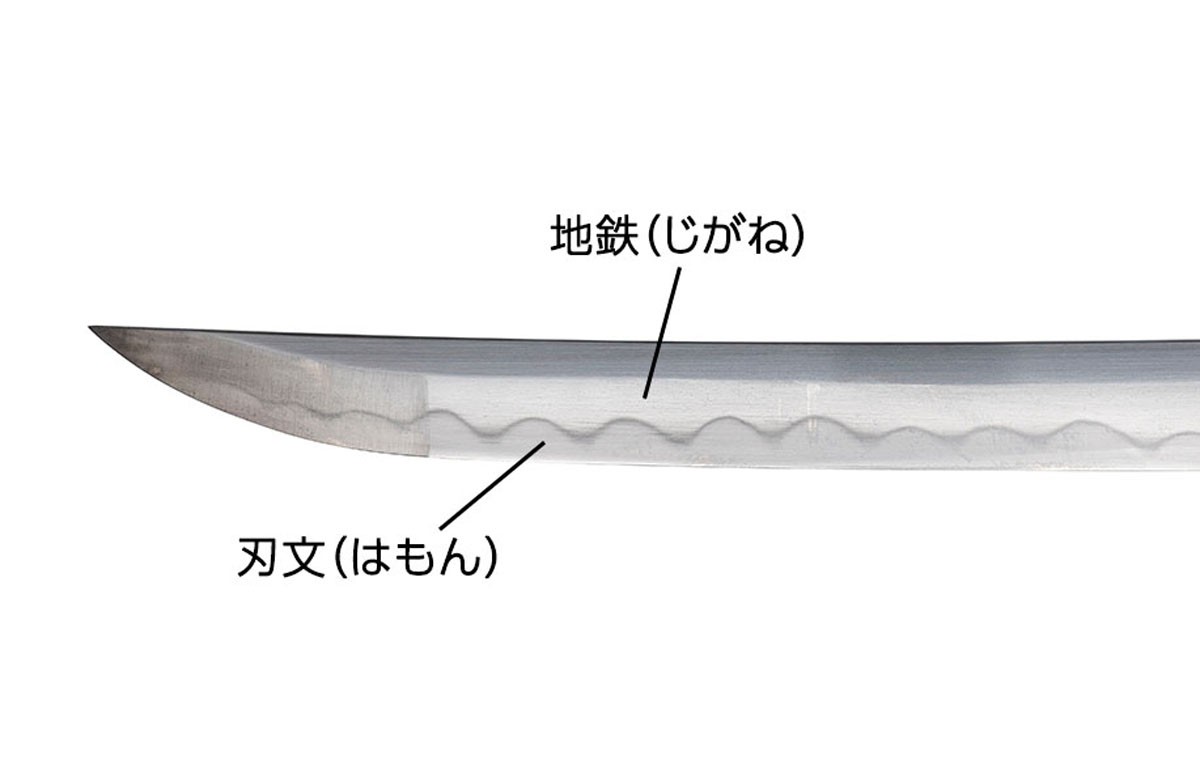
Hamon (刃文) is a wave-like pattern that appears on the blade of a sword by quenching, and is a testament to the skill of achieving both the sharpness and beauty of the sword. There are various types of hamon pattern, such as "straight blade" (直刃; suguha), "choji" (丁子), and "notare" (のたれ), each of which reflects the style and personality of the swordsmith.
What does it mean to look at the jigane?
Jigane (地鉄) refers to the metallographic structure of the surface of the blade, and is an important part of the steel that shows how it is forged and how good its quality is. There are patterns such as "Itachi-hada" (板目肌: grained), "Mokume-hada" (杢目肌: wooden grain), and "Ayasugi-hada" (綾杉肌: twilled cedar), and it is said that by looking at the jigane, you can read the high level of swordsmithing technique and even the state of preservation of the sword.
Japanes Sword Making Process
Japan swords are made from high-quality steel called tamahagane and are made through a process backed by advanced technology and a long history by skilled swordsmiths. The production process varies slightly depending on the era, school, and individual, but in general, the following procedure is followed.
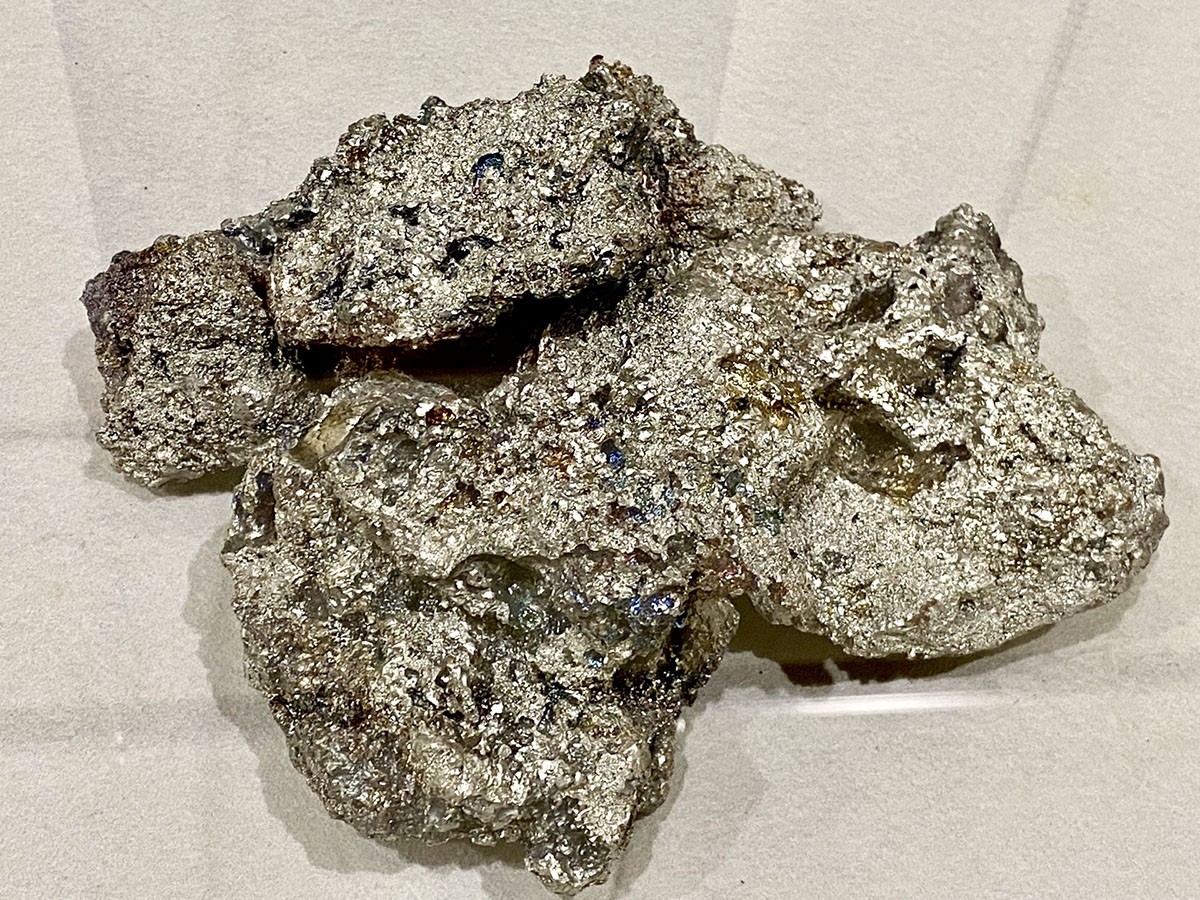
1. Water scoop and small splitting: Heat the tamagane and stretch it to a thickness of about 5 mm, and divide it into small pieces of 2 to 2.5 cm squares.
2. Boiling: Stack the broken steel pieces and heat it in a furnace to form a single lump.
3. Forging and clad steelmaking: In order to adjust the carbon content and remove impurities, about 15 folds and forging are performed to make hard cladding steel.
4. Core steel construction and combination: By making soft core steel and wrapping it with hard cladding steel, it is difficult to break and bend.
5. Rough shaping and fire-forging: A material that combines cladding steel and core steel is heated and hammered into a flat rod to shape the sword.
6. Clay bedding and quenching: The blade is hardened and curved by applying a coating of clay, heating it to about 800 degrees, and then quenching it with water.
7. Finishing and inscription: After quenching, the bending and warping are corrected, rough sharpening is performed, and finally the inscription is added to the blade to complete the work.
Through these processes, the Japanese sword becomes a gem that combines beauty and functionality.
What is Gokaden? Characteristics of typical swordsmiths
Gokaden (五箇伝) refers to the five major production areas of Japanese swords. Each region has developed its own style and techniques. Let's take a look at the characteristics of each legend and typical swordsmiths.
Yamashiroden (山城伝)
Yamashiroden is a school that developed mainly in Yamashiro Province (present-day Kyoto Prefecture). Representative swordsmiths include Sanjo Munechika and Raikuni Toshi. It is slender and has a deep warp, and the check tip has a unique characteristic, and the hamon is often straight or slightly waved. The jigane is finely packed pear skin grain and is characterized by artistic beauty.
Yamatoden (大和伝)
Yamatoden is one of the oldest schools that developed in Yamato Province (present-day Nara Prefecture). Among them, the "Yamato Five Schools", composed of the "Sentein School", the "Toma School", the "Shikkake School", the "Tegai School", and the "Hosho School", are famous, and since there were many blacksmiths who belonged to temples, they are characterized by a robust style that emphasizes practicality.
Bizenden (備前伝)
Bizenden developed mainly in Bizen Province (present-day Okayama Prefecture). The Fukuoka Ichimonji school and the Osafune school are famous, and are characterized by the gorgeous clove hamon and the jigane with a grained pattern.
Soshuden (相州伝)
Soshuden developed in Sagami Province (present-day Kanagawa Prefecture). Representative swordsmiths include Shindo Go Kunimitsu and Goro Nyudo Masamune. Its style is characterized by its rough hamon, grained jigane, and powerful sugata, and it was evaluated as a sword suitable for actual battle.
Minoden (美濃伝)
Minoden developed in Mino Province (present-day Gifu Prefecture). The Shizu school, whose founder is Shizu Saburo Kaneuji, and Kaneshige, the founder of Seki blacksmithing, are famous. This style was characterized by the influence of Soshuden on the hamon, and the jiganen, which is a mixture of grained and vertical grained, and was favored by many warlords due to its sharpness.
Types and Characteristics of Japanese Swords
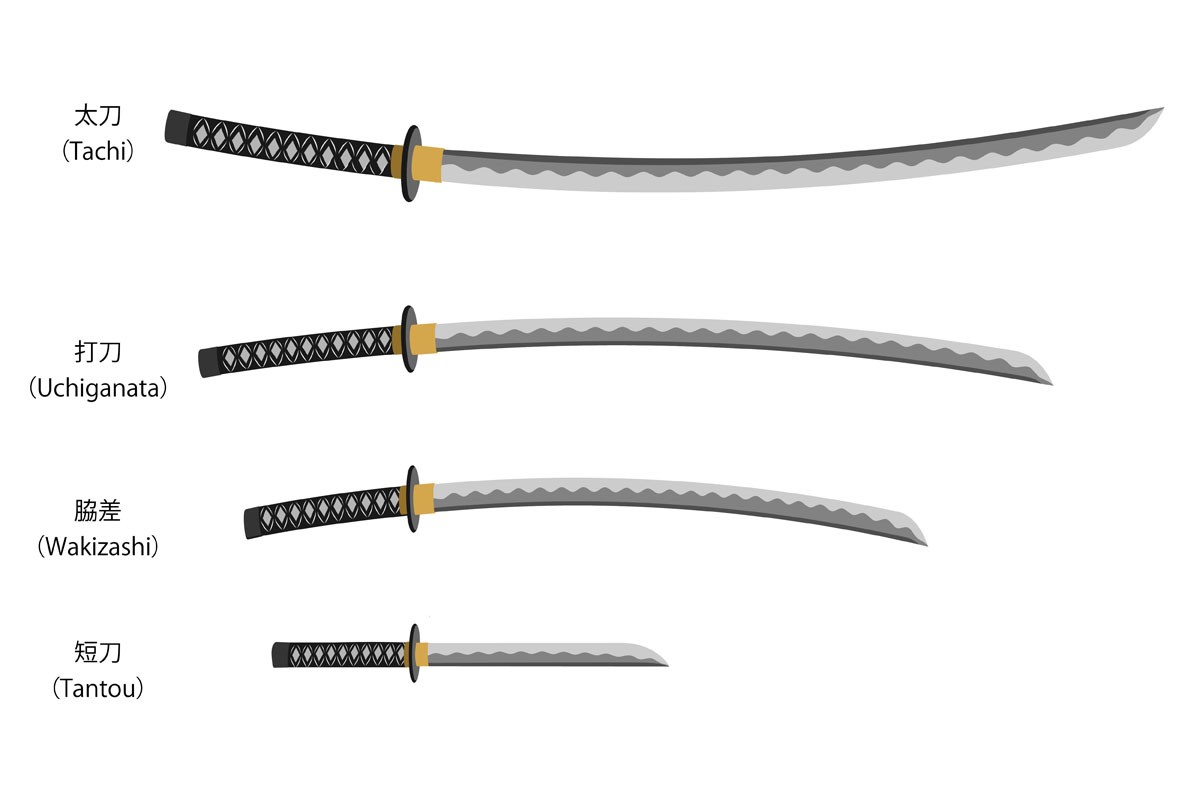
Japanese swords are classified into different types according to the length and shape of their blades. The main classifications include tachi, uchigatana, wakizashi, and tantou (short sword), as well as long-handled weapons such as yari (spears), naginata (halberd), and nagamaki (long grip sword), which are sometimes treated as part of the Japanese sword.
Tachi (太刀)
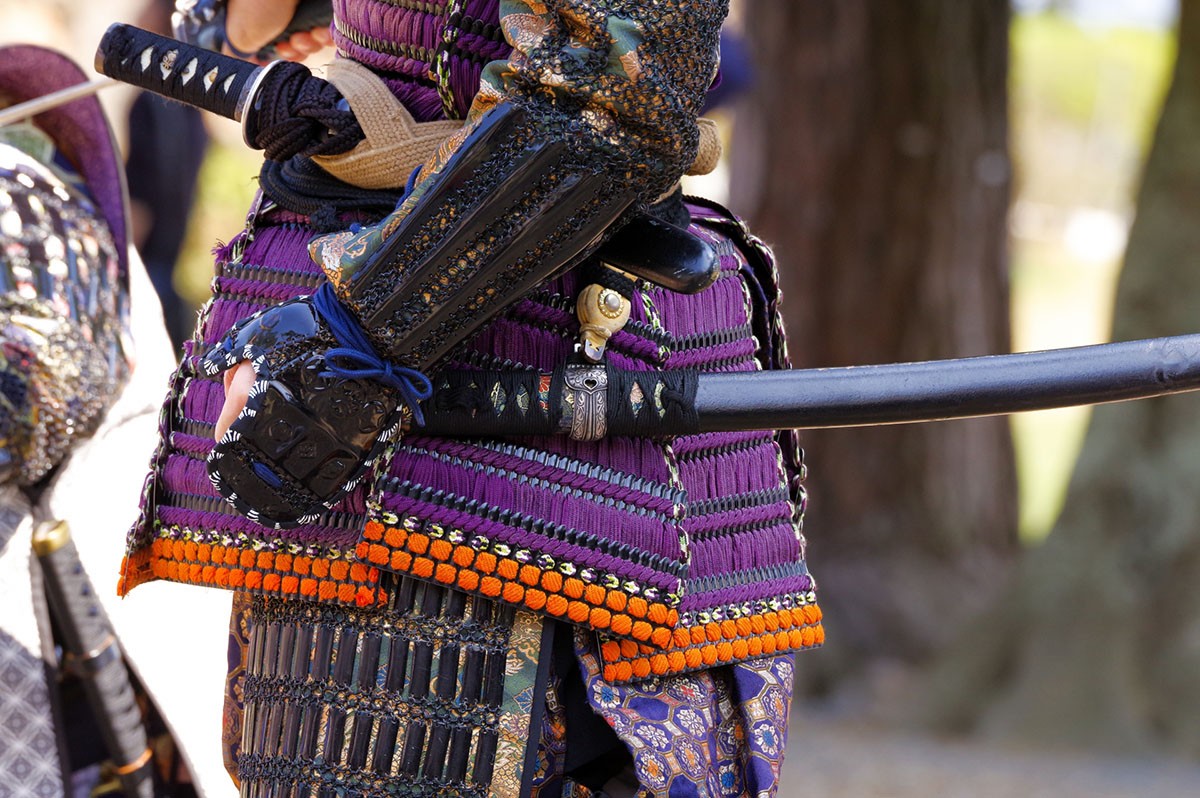

The tachi is a sword that was mainly used from the Heian period to the Muromachi period, and is characterized by a blade length of about 80 cm and a deep warp. It was designed for fighting on horseback and was carried in the form of "haitou" (佩刀) that was hung from the waist with the bladed side facing down. It is also said that it was used for ceremonial purposes due to its elegant appearance.
Uchigatana (打刀)
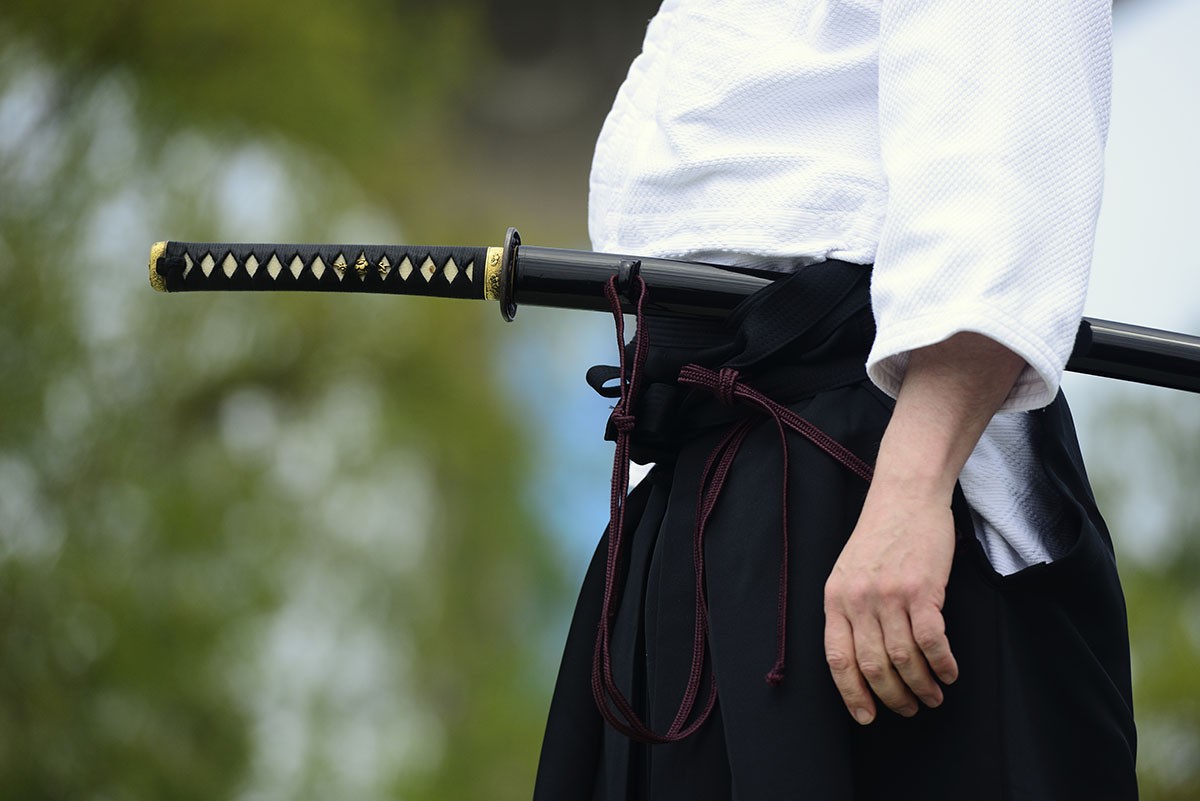
Uchikata is a sword that appeared after the Muromachi period, and is characterized by a blade length of 60 cm or more and a shallower warp than a tachi. It is carried by inserting the blade into the waist belt with the bladed side up; this form of carry is called "taitou" (帯刀). It is believed that it was suitable for fighting on foot and in group battles. In the Edo period, it also held an important position as the formal dress of the samurai.
Wakizashi (脇差)
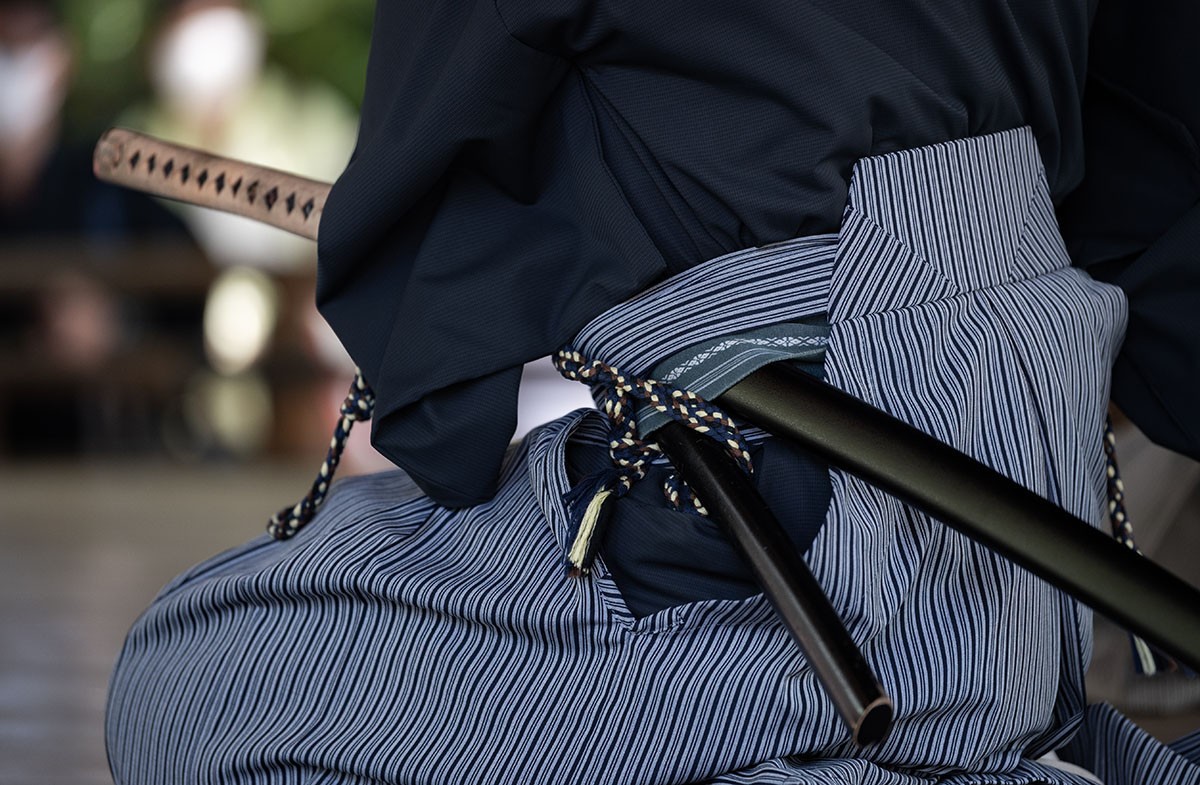
The wakizashi is an auxiliary sword that is paired with an uchigatana, and the blade length is about 30 ~ 60 cm. It was used for indoor combat, close combat, and self-defense, and in the Edo period, it was widely carried by samurai in a pair; the form of carry is called "daishou" (大小). It is also said to have been used for seppuku, and was used for both practical and ceremonial purposes.
Tantou (短刀)
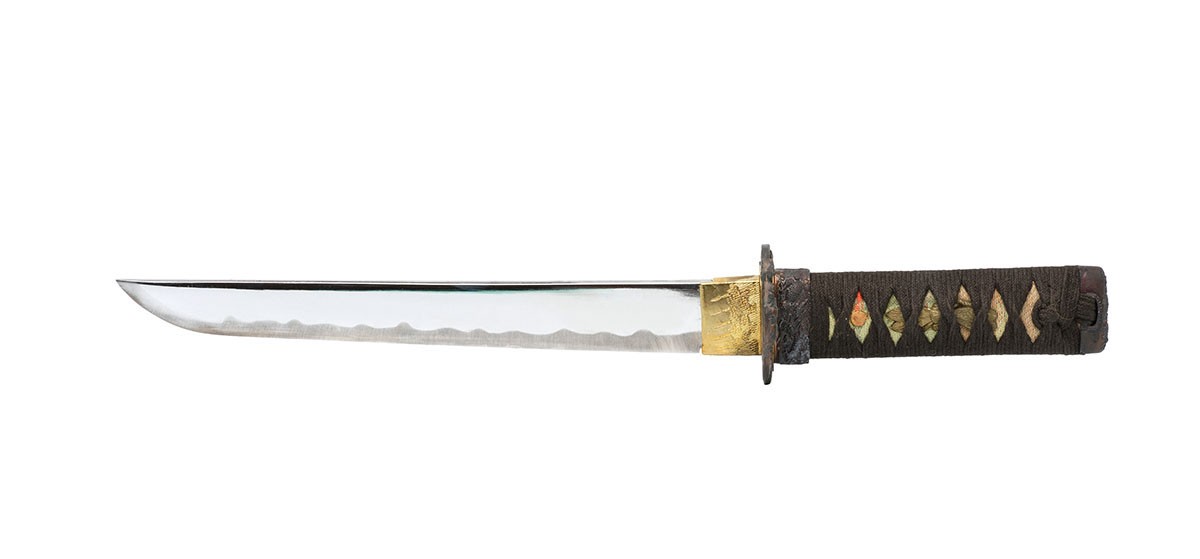
A tantou is a small sword with a blade length of less than 30 cm that was used for self-defense and ceremonial purposes. These include the "yoroidoshi" (鎧通) short sword used to pierce gaps in armor, and the "kaiken" (懐剣) that women mainly carried for self-defense.
Yari (槍)
A yari or spear is a weapon with a long handle and a sharp tip at the end, and was used as a mainstay of group tactics, especially during the Warring States period. There are various types depending on the purpose and tactics, and the "kudayari" (管槍: tubular spear) that excels in straight stabbing and the "jumonji yari" (十文字槍) that has a cross-shaped tip and can be used for slashing are known.
Naginata (薙刀)
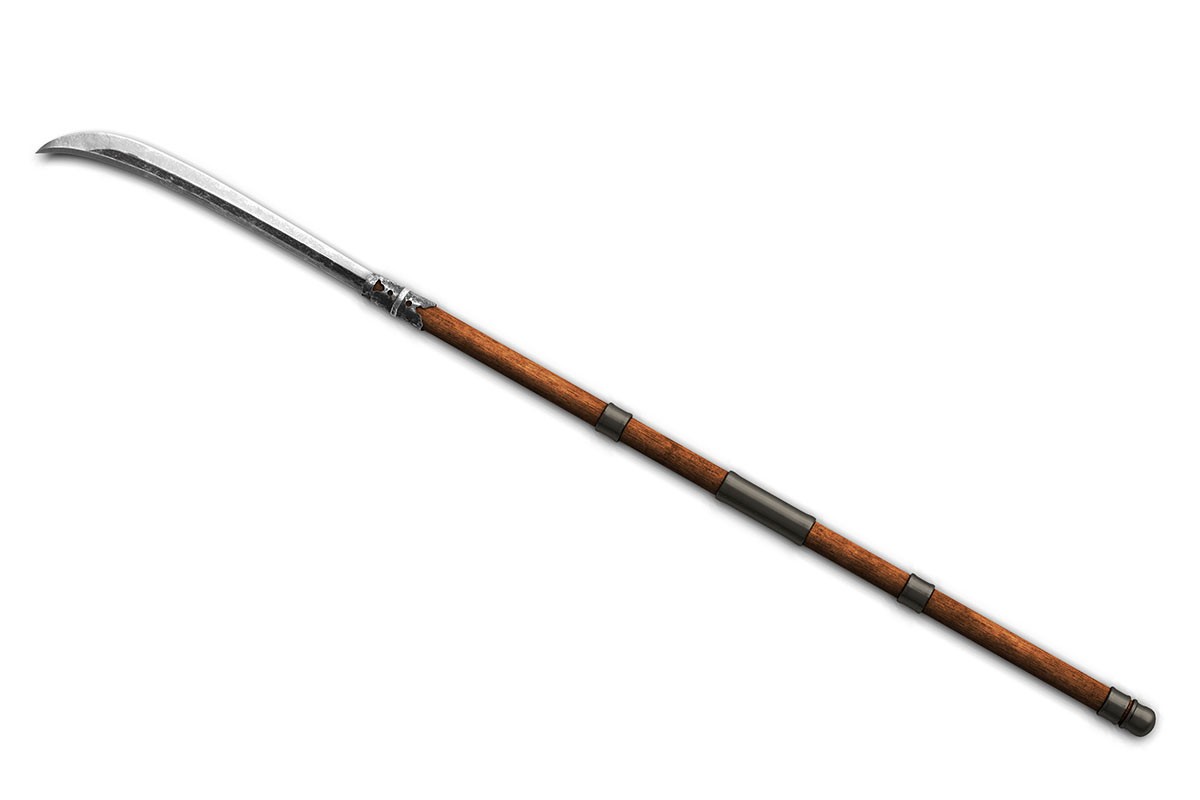
A naginata or halberd is a weapon with a curved blade at the end of a long handle and has been used since the Heian period. It is also known as a women's martial art, and it is said that it was learned especially for self-defense by women of samurai families.
Nagamaki (長巻)
A nagamaki is a weapon with a long handle with a sword-like blade attached, and was used extensively from the end of the Kamakura period to the Muromachi period. With a total length of about 180 to 210 cm, it is possible to attack a wide area.
What are the Five Great Swords under Heaven? The Charm of Famous Swords Representing Japan such as Mikazuki Munechika
"Tengagoken" (天下五剣) or "Five Great Swords under Heaven" is a title that refers to the five swords that are particularly famous among Japanese swords, and all of them are said to have extremely high historical and artistic value. Let's take a look at an overview of each sword.
Mikazuki Munechika (三日月宗近)
It is a famous sword forged by Sanjo Munechika, a master craftsman of the Heian period, and is said to be the most beautiful of the Five Great Swords under Heaven. Its greatest attraction is the "crescent-shaped strike" that appears on the hamon and the jigane. It is appreciated for its graceful and delicate warping and overall well-proportioned appearance.
- Period: Heian period
- Type: Tachi
- Collection: Ashikaga family → Tokugawa family → Tokyo National Museum
- Exhibition location: Tokyo National Museum (Taito-ku, Tokyo) Regularly open to the public
Dojigiri Yasutsuna (童子切安綱)
A sword made by the Heian period swordsmith Ohara Yasutsuna. It is characterized by its majestic and profound construction, and was named after the legend that its owner, Minamoto Yorimitsu, first "defeated the Shutendoji" (famous oni known for its love for alcoholic drinks). It is also said to be "the strongest" due to its sharpness and mythical background.
- Period: Heian period
- Type: Tachi
- Collection: Minamoto Yorimitsu → Ashikaga Family→ Toyotomi Hideyoshi → Tokugawa Ieyasu → Tokyo National Museum
- Exhibition location: Tokyo National Museum (Taito-ku, Tokyo) Regularly open to the public
Ōdenta Mitsuyo (大典太光世)
It is a famous sword by the swordsmith of the late Heian period, Miike Norita Mitsuyo. The shallow warp and powerful hamon are impressive, giving a strong sense of the essence of the weapon. In addition, there is an anecdote that "if you have it, you will be cured of illness", and it was also known as a sword with mysterious power.
- Period: Heian period
- Type: Tachi
- Collection: Ashikaga family → Tokugawa family → Maeda family → Maeda Ikutoku-kai Foundation
- Exhibition location: Exhibited irregularly at the Ishikawa Prefectural Museum of Art (Kanazawa City, Ishikawa Prefecture)
Onimaru Kunitsuna (鬼丸国綱)
A sword made by the Kamakura period swordsmith Awataguchi Kunitsuna. The name "Onimaru" was given from the anecdote that Hojo Tokimasa, who was tormented by demons in his dreams every night, defeated demons with this sword. From that tradition, it was revered as a spiritual sword that guided to "peaceful land under heaven", and was handed down to the Muromachi shogunate and the Tokugawa shogun family. Currently, it is in the collection of the Imperial Household Agency as an imperial relic and is not open to the public.
- Period: Kamakura period
- Type: Tachi
- Collection: Hojo Tokiyori→ Nitta Yoshisada →Shiba Takatsune → Ashikaga Family → Oda Nobunaga → Toyotomi Hideyoshi → Tokugawa Ieyasu → Imperial Family
- Exhibition location: Closed to the public because it is a relic (private property of the Imperial Family)
Juzumaru Tsunetsugu (数珠丸恒次)
A sword made by Aoe Tsunetsugu, a swordsmith of the Binchu Aoe school in the Kamakura period. The name comes from the fact that Nichiren possessed this sword along with the rosary (called "Juzu" 数珠 in Japanese). Currently, it has been transmitted to Honkoji Temple in Amagasaki City, Hyogo Prefecture, and has the opportunity to be specially opened to the public on November 3 every year.
- Period: Kamakura period
- Type: Tachi
- Collection: Nichiren Jojin→ Honkoji Temple (Amagasaki City, Hyogo Prefecture)
- Exhibition location: Open to the public at the "Insect Drying Society Great Treasure Exhibition" held every year on November 3 at Honkoji Temple
How to Learn About Japanese Sword in Modern Times
From here, we will introduce how to learn Japanese swords in modern times.
Admire Famous Swords at Museums and Art Galleries
In order to gain a deeper understanding of Japanese swords, the experience of "seeing the real thing" will be a very meaningful learning. For example, at the Tokyo National Museum, famous swords designated as national treasures and important cultural properties are regularly exhibited, and you can feel the beauty of the hamon blade pattern and warp up curve close. In addition, the "Sword Museum (Sumida-ku, Tokyo)" holds events where you can touch the actual Japanese sword, so you can learn about Japan swords through all kinds of experiences.
【Main facilities where you can touch Japan swords】
Tokyo National Museum (13-9 Ueno Park, Taito-ku, Tokyo)
Many masterpieces of swords are housed in the collection, and Japan swords are exhibited in special exhibitions and special exhibitions. Among them, the national treasure "Okanehira" (大包平), which is said to be the best masterpiece of Kobizen and is said to be the "yokozuna of the sword" along with the Dojigiiri Yasutsuna, is open to the public on an irregular basis, and there are rare opportunities to see it up close.
Kyoto National Museum (527 Chayama-cho, Higashiyama-ku, Kyoto-shi, Kyoto)
A museum with a large collection of Japanese swords. Exhibitions that can be enjoyed along with the provenance, such as "Mutsunokami Yoshiyuki" (陸奥守吉行), which is said to have been used by Sakamoto Ryoma, which is open to the public on an irregular basis, are also attractive.
Sword Museum (1-12-9 Yokoami, Sumida-ku, Tokyo)
A specialized museum operated by the Japan Art and Sword Preservation Association. It is rich in exhibits of Japanese swords, including National Treasures and Important Cultural Properties, and is a central facility responsible for the preservation and dissemination of sword culture. Among the items in the collection, you can't miss the national treasure "Akashi Kuniyuki" (明石国行), which is a masterpiece of visiting Japan and has been handed down to the present day in a healthy form.
Learn Japanese Swords through "Touken Ranbu -ONLINE-"
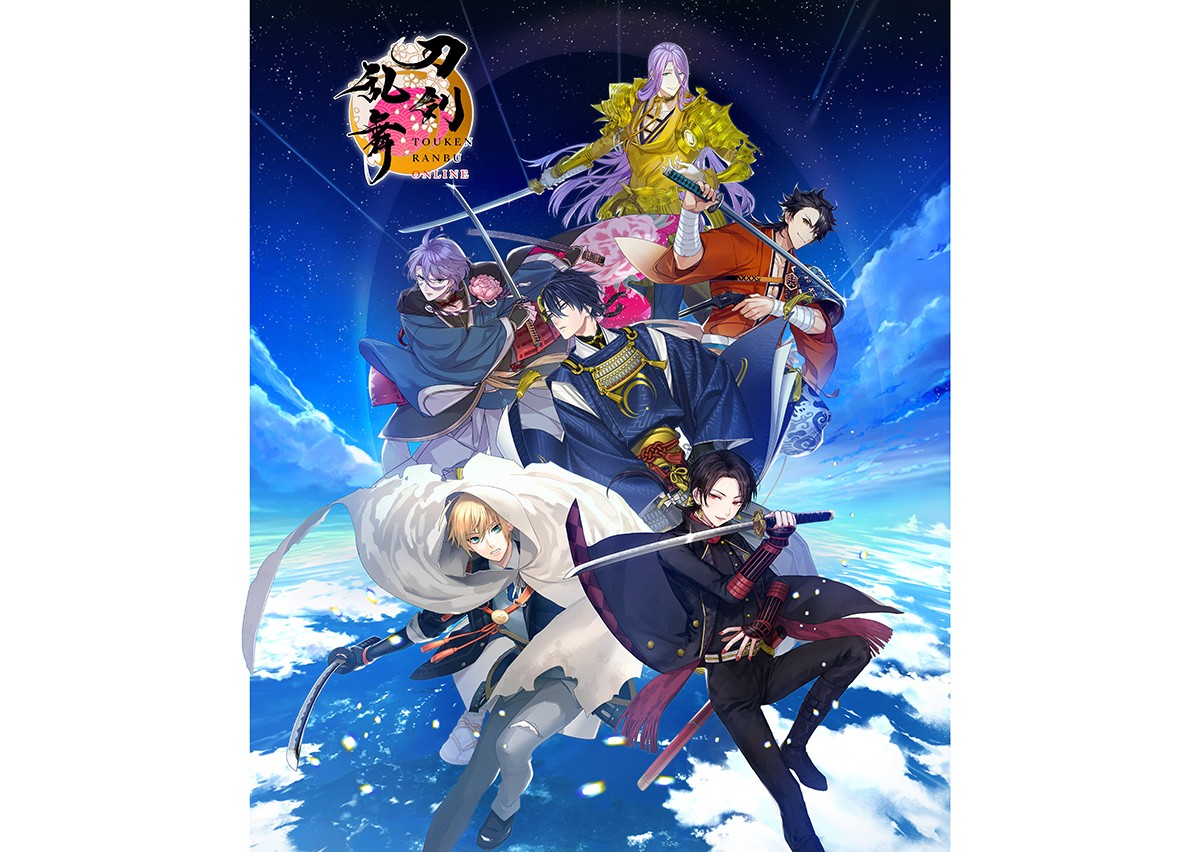
In recent years, one of the factors that has increased interest in Japan swords is the popular browser and smartphone app game "Touken Ranbu -ONLINE-". Historical famous swords appear as anthropomorphic "swordsmen", and since you can enjoy the game and come into contact with the names of swords, swordsmiths, and traditions, it is supported as a gateway to sword culture, especially among young people.
Overview of "Touken Ranbu -ONLINE-"
"Touken Ranbu -ONLINE-" is a sword training simulation game for PC browsers and smartphones that was launched in January 2015. The player takes on the role of a "Saniwa" and leads a group of "sword warriors" who are actually famous swords anthropomorphed into warriors, and travels to the past to protect history.
Features of "Touken Ranbu -ONLINE-"
There are a total of eight types of swordsmen in the game: tantou, wakizashi, uchigatana, tachi, odachi, naginata, yari, and ken (sword), each with their own unique abilities and personality. The player gathers swordsmen, assembles and trains their own troops, and conquers various battlefields. Battles are basically automatic, but the formation of troops, the choice of equipment, and the training status of the swordsman will greatly affect the outcome of the battle.
In addition, through the dialogue and reminiscences of the swordsmen in the game, the characteristics and origin of each sword and the historical background in which it was used are sometimes discussed, allowing the player to experience the history and culture of the sword as they progress through the game.
One of the reasons for its popularity is that the game is basically free to play and anyone can easily get started.
Official site of Touken Ranbu -ONLINE-
< References>
・ Characteristics of Japan swords and types of certificates https://www.tsuruginoya.net/certificate-type/
・Tamagane and Japan swords https://tetsunomichi.gr.jp/katana/
・Sword World Osaka https://www.osaka-touken-world.jp/
・Sword World Nagoya https://www.touken-collection-nagoya.jp/
・Touken World Tokyo https://www.tokyo-touken-world.jp/
・Sword World https://www.touken-world.jp/
・What are the characteristics of the manufacturing process of Japan swords? What are the characteristics of the organization of the Japan sword? https://kawakami-ironworks.com/column/japanese-sword/
・Sword making process and polishing - Sword Museum https://www.touken.or.jp/museum/sword/step.html
・Tenka-Goken - Nagoya Sword Museum https://www.meihaku.jp/sword-basic/tengagoken/
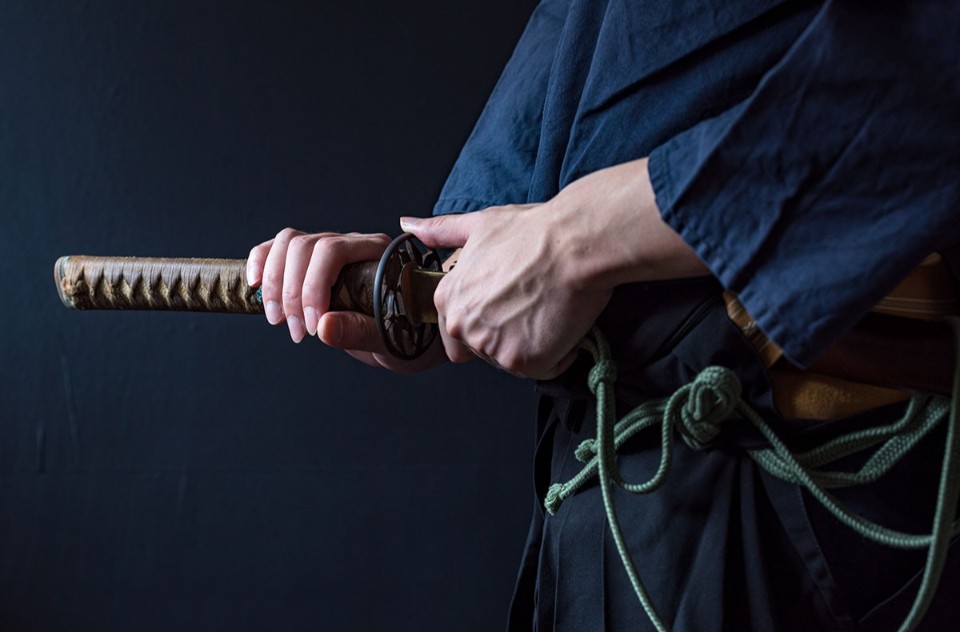
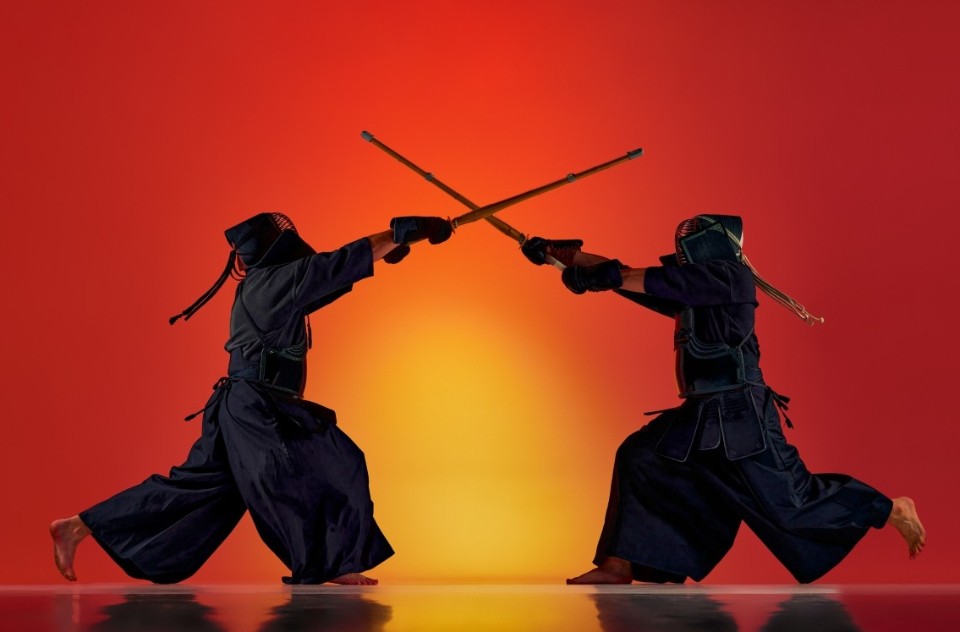
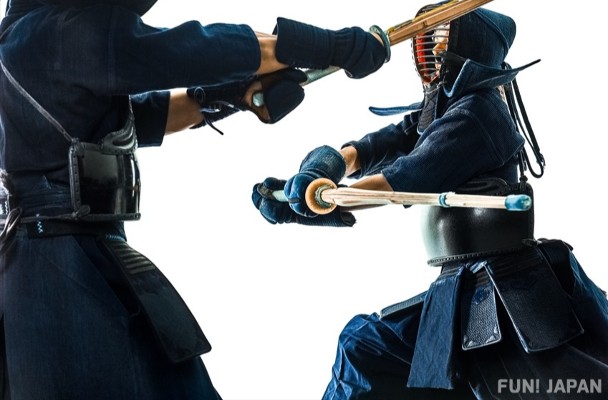
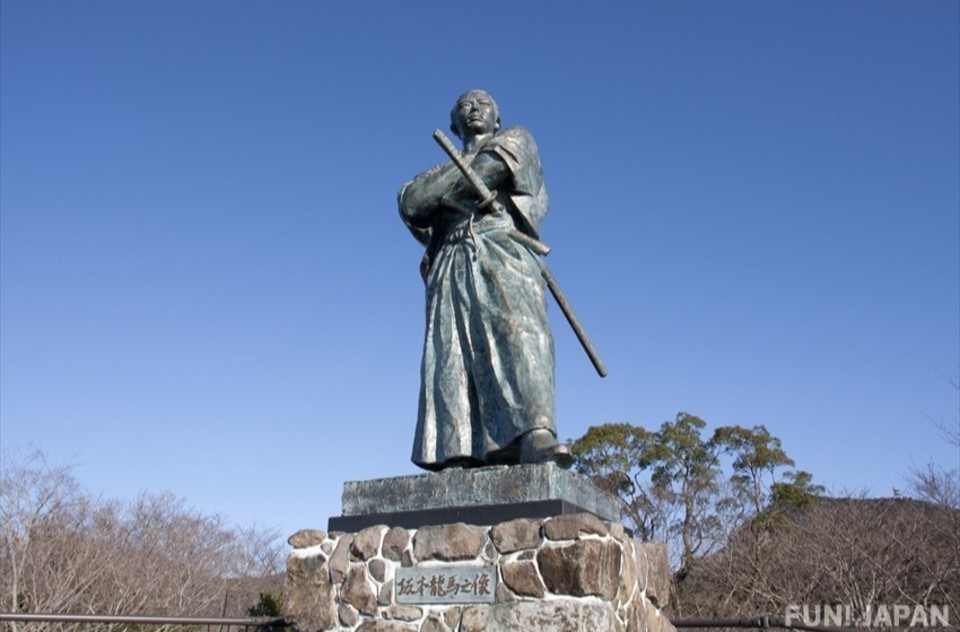
Comments